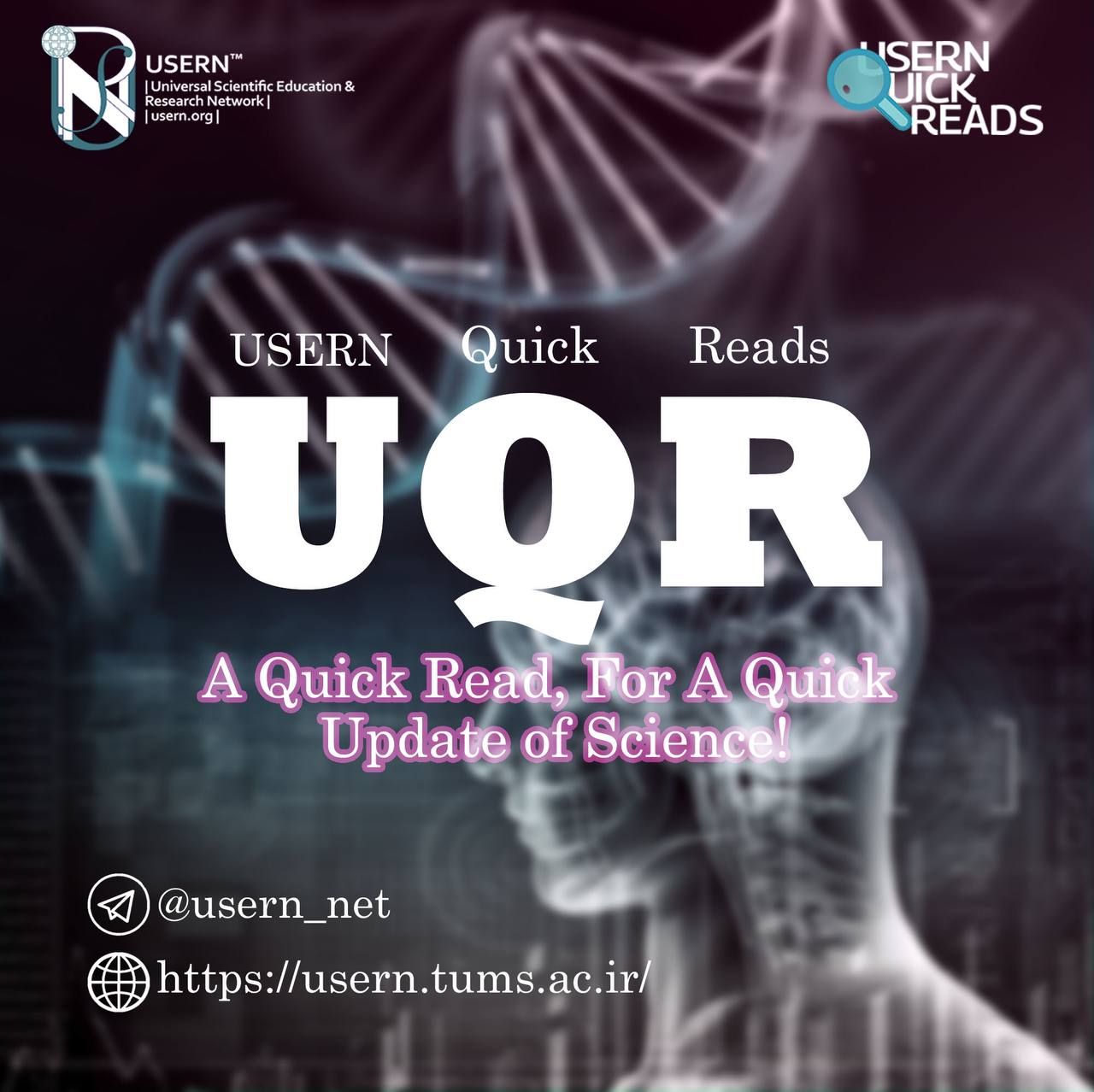Quick Reads
The coming era of artificial intelligence in biological data science

Watch how great are the benefits of AI
Most of what we hear about artificial intelligence refers to machine learning, a subclass of AI algorithms that extract patterns from data and then use that analysis to make predictions. The more data these algorithms collect, the more accurate their predictions become. Deep learning is a more powerful subcategory of machine learning, where a high number of computational layers called neural networks (inspired by the structure of the brain) operate in tandem to increase processing depth, facilitating technologies like advanced facial recognition (including FaceID on your iPhone). [1] Biology, in particular, is one of the most promising beneficiaries of artificial intelligence. From investigating genetic mutations that contribute to obesity to examining pathology samples for cancerous cells, biology produces an excessive amount of complex, convoluted data. But the information contained within these datasets often offers valuable insights that could be used to improve our health. [1] Modern artificial intelligence will dominate biological data science for its unpreceded learning capabilities to process complex data. Compared to traditional AI techniques (e.g., automated reasoning), machine learning and deep learning are the core to enable machines with intelligence. A deep learning machine has much more complicate learning topologies, which may change dynamically for the sake of learning, besides at least the same complicated learning mechanism as traditional machine learning models such as support vector machines. [2] Deep-learning algorithms take raw features from a vast, annotated data set, such as a collection of images or genomes, and use them to create a predictive tool based on patterns buried inside. Once trained, the algorithms can apply that training to analyze other data, sometimes from wildly different sources. [3] The deep network can identify whether a cell is alive or dead and get the answer right 98 percent of the time. It is also able to pick out a single dead cell in a mass of live cells: in comparison, people can typically only identify a dead cell with 80 percent accuracy. Once trained, the network can continue to improve its performance and increase the ability and speed with which it learns to perform new tasks. The model can also distinguish between different cell types: the network can identify a neuron within a mix of cells in a dish. It can even predict whether an extension of that neuron is an axon or dendrite, two different but similar-looking elements of the cell. [4] Another discipline with massive data sets that are amenable to deep learning is drug discovery. Here, deep-learning algorithms help solve categorization challenges, sifting through such molecular features as shape and hydrogen bonding to identify criteria on which to rank those potential drugs. Deep-learning tools could also help researchers stratify disease types, understand disease subpopulations, find new treatments and match them with the appropriate patients for clinical testing and treatment.[3] While this progress is exciting, artificial intelligence is not a universal replacement for our investigations of the natural world, nor is it the only way to develop cures for human diseases. At times, it may not be technically useful or even ethically allowed As we continue to reap the benefits of this technology and increasingly incorporate it into our daily lives, we must continue having conversations about the design, implementation, and ethics of innovations in synthetic biology and AI; we stand on the precipice of a new age for science and humanity. [1]
References:
[1] https://www.forbes.com/sites/johncumbers/2019/09/16/meet-5-synthetic-biology-companies-using-ai-to-engineer-biology/?sh=6b0b55556ed2
[2] https://bmcbioinformatics.biomedcentral.com/articles/10.1186/s12859-019-3225-3#:~:text=Modern%20artificial%20intelligence%20will%20dominate,to%20enable%20machines%20with%20intelligence
[3] https://www.nature.com/articles/d41586-018-02174-z
[4] https://mathesia.com/biology-meets-artificial-intelligence/
